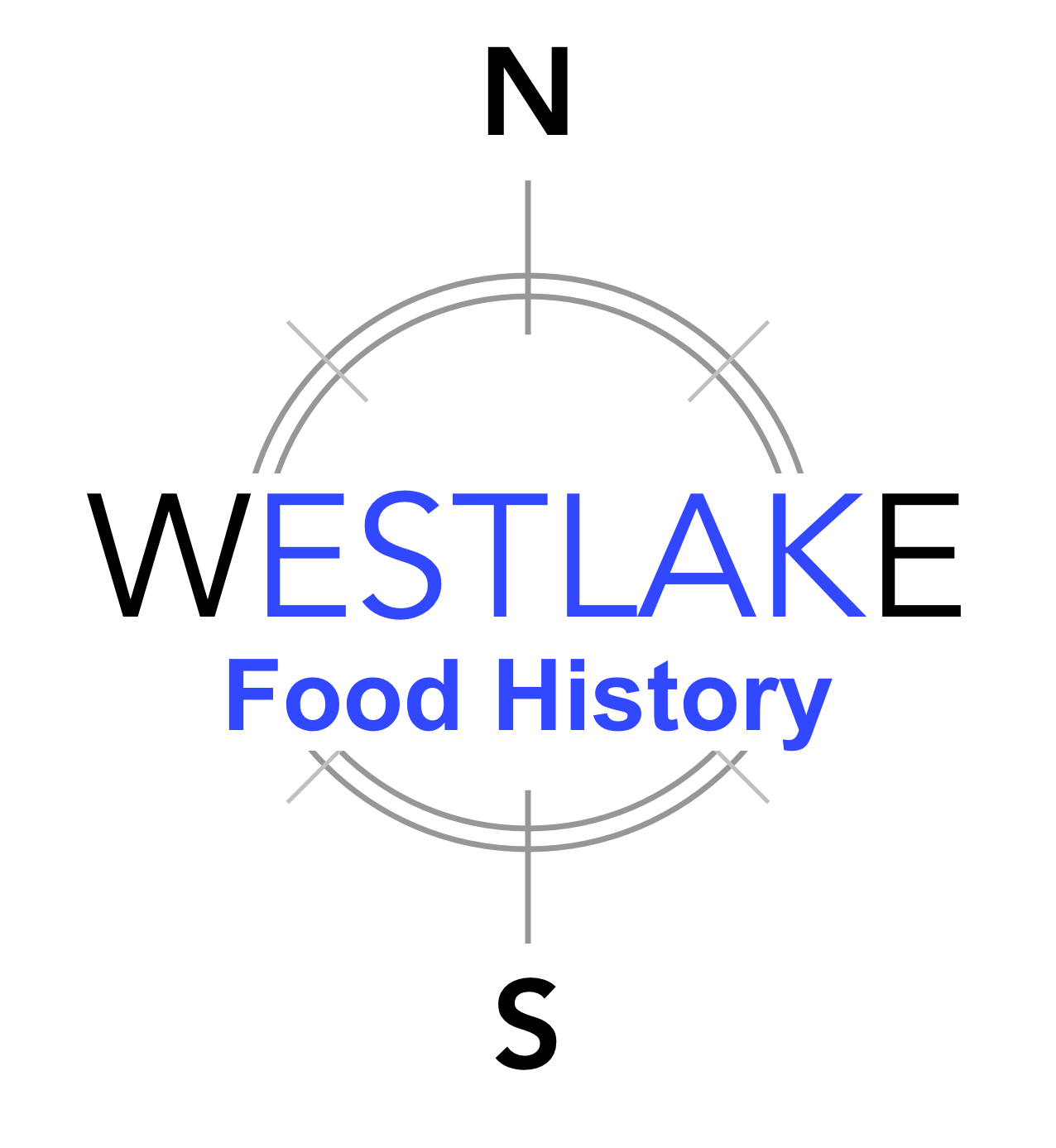Eating Food is one of the best pleasures in life. Food fuels our bodies, it can affect the environment, and just about impacts every part of our lives. There is so much history around food, with different cultures, social and political forces all shaping our palette. Westlake Food History is a Dublin based agency in Ireland who originated in Westlake. We are here to educate you on all things food history both past and present. If you are interested in the history around food, then we have some amazing blog content for you to read and enjoy. Check back with our site on a regular basis as we will be posting new blogs and articles frequently. Westlake food History are partners with the famous Market Bar and Restaurant in Dublin City.
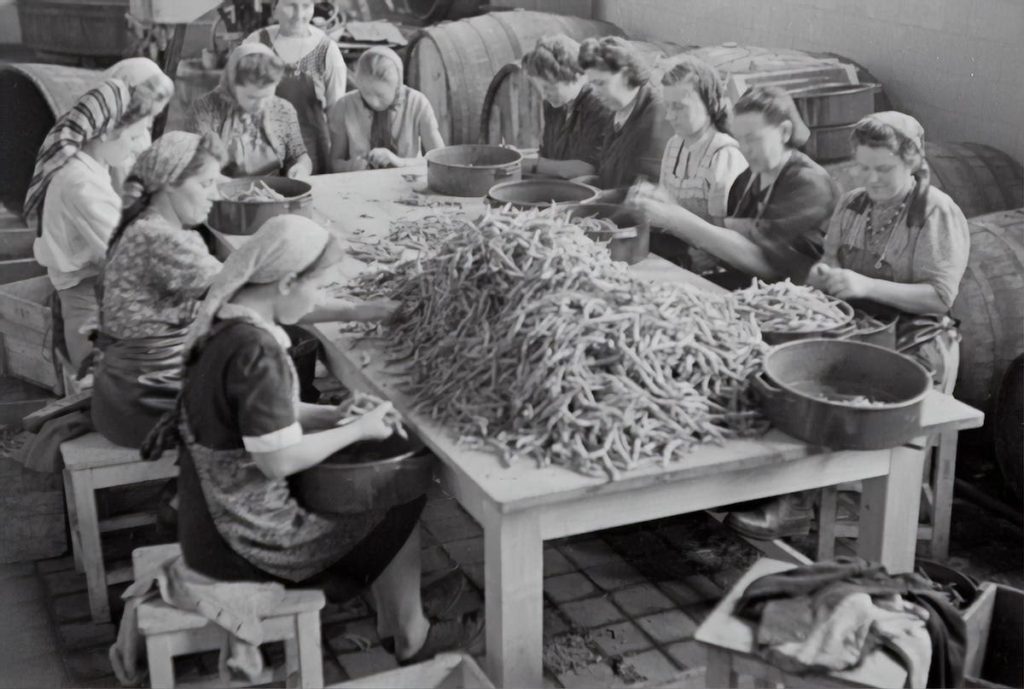
Have you ever wondered about the origin of the food that you love the most? Or maybe the history of food products in general? Throughout history, different cultures have contributed to the development of foods that you eat right now. If you really want to know about the history and origin of different food products, this guide by Noel Martin in Carrickmacross can help.
Noel Martin is a leading food producer in Carrickmacross who knows the food industry inside out.
Food production is an ancient practice that has undergone many changes over the millennia. The first evidence of agriculture dates back to around 10,000 BC when early humans began to domesticate plants and animals. This allowed them to settle in one place and develop civilizations.
Over time, different cultures developed their own methods of food production, based on local conditions and resources. The Industrial Revolution brought further changes, as new technologies and transportation networks allowed food to be produced on a larger scale and distributed to more people.
The Industrial Revolution had a profound impact on food production and distribution. Prior to the industrialization of agriculture, most foods were produced by small farmers using traditional methods. However, the introduction of new technologies such as the steam engine and the cotton gin led to a dramatic increase in agricultural productivity. Large factory farms began to spring up across the country, and the mass production of food became possible for the first time.
The industrialization of food production had a number of consequences. First, it made food cheaper and more widely available. Second, it led to a decline in the quality of many foods, as mass production often resulted in lower standards. Finally, it created a new class of workers known as “food industry workers.” These workers labored in difficult and often dangerous conditions in order to bring food to the table.
A lot of your favorite foods have interesting origins. For example, did you know that the chocolate chip cookie was invented by accident? Legend has it that a baker was trying to make chocolate cookies but ran out of cocoa powder. He substituted baking chips made of chocolate and butter, and the chocolate chip cookie was born. Today, this beloved treat comes in all sorts of flavors, from classic chocolate chip to oatmeal raisin and beyond.
Another food with an interesting story is the grilled cheese sandwich. This simple yet delicious dish is said to have originated with the ancient Greeks, who cooked cheese between two pieces of flatbread. The modern version of the grilled cheese sandwich first appeared in the 1920s, and it has been a popular comfort food ever since. These days, there are all sorts of creative variations on the classic grilled cheese, from sourdough bread to cheddar cheese to avocado toast.
Similarly, the origin of the world-famous Caesar salad also has a fascinating history. While many think that it was named after Julius Caesar, who is said to have been a big fan of the dish, this is actually a false statement. Firstly, the salad as we know it today bears little resemblance to what Caesar himself would have eaten. He probably would’ve eaten salad that was made with whole lettuce leaves, anchovies, and dressing made from olive oil, lemon juice, and Worcestershire sauce.
It wasn’t until the 1920s that chef Caesar Cardini added croutons and Parmesan cheese to the traditional salad, creating the dish that we know today. While the exact origins of the salad are a matter of debate, there’s no doubt that it has come a long way from its humble beginnings. Now, you can find Caesar salads on menus all over the world, each with its own unique twist.
The Reuben sandwich is another food whose history will make your jaw drop. Legend has it that the Reuben sandwich was invented by a New York City deli owner named Reuben Kulakofsky. Kulakofsky was a regular at Lindy’s, a popular deli in Manhattan, and he is said to have created the sandwich as a way to use up leftover corned beef. The sandwich quickly became a menu staple at Lindy’s, and it soon gained popularity beyond the deli.
Currently, the Reuben sandwich is a classic American dish, and it can be found on menus across the country. You may come across different variations of the sandwich, but the most common ingredients used are corned beef, Swiss cheese, sauerkraut, and Russian dressing.
French toast is yet another food that people consider a classic for breakfast. But little do people know about its history. Though its exact origins are still unknown, it is thought to have originated in France in the Middle Ages. The dish likely began as a way to use up stale bread, as the egg and milk mixture helped to soften the bread and make it more palatable.
Over time, the dish evolved and became a popular breakfast food among the aristocracy. In America, French toast was introduced by early settlers who were familiar with the dish from their time in Europe. Nowadays, French toast is enjoyed by people all over the world and can be served with a variety of toppings, from fruit to syrup to whipped cream.
The ingredients and methods used in cooking have been influenced by cultures from all over the world for centuries. For example, the first stir-fry was created by Chinese immigrants in the United States, who adapted their traditional cooking style to the available ingredients. Italian immigrants brought pasta and pizza to the United States, and introduced Americans to the joys of olive oil and garlic.
On the other hand, Indian spices such as curry have become popular in many different cuisines, while Mexican dishes such as tacos and enchiladas have gained popularity around the world. As people have become more mobile, and as transportation and communication networks have become more globalized, the ingredients and methods used in cooking have become increasingly diverse. This has led to the development of new and unique dishes, as well as a greater appreciation for the culinary traditions of different cultures.
Spain also has a long and rich history when it comes to influencing food products. Spanish cuisine has been influenced by a number of different cultures, including the Romans, Arabs, and Jews. This can be seen in the wide variety of dishes that are popular in Spain today. For example, paella is a dish that was originally introduced by the Arabs, while gazpacho is a soup that has its origins in Roman cuisine.
Spanish food is also known for its use of fresh ingredients, such as olive oil, tomatoes, and garlic. This focus on freshness is a reflection of the Mediterranean diet, which is widely considered to be one of the healthiest diets in the world. In addition to being healthy, Spanish food is also incredibly delicious.
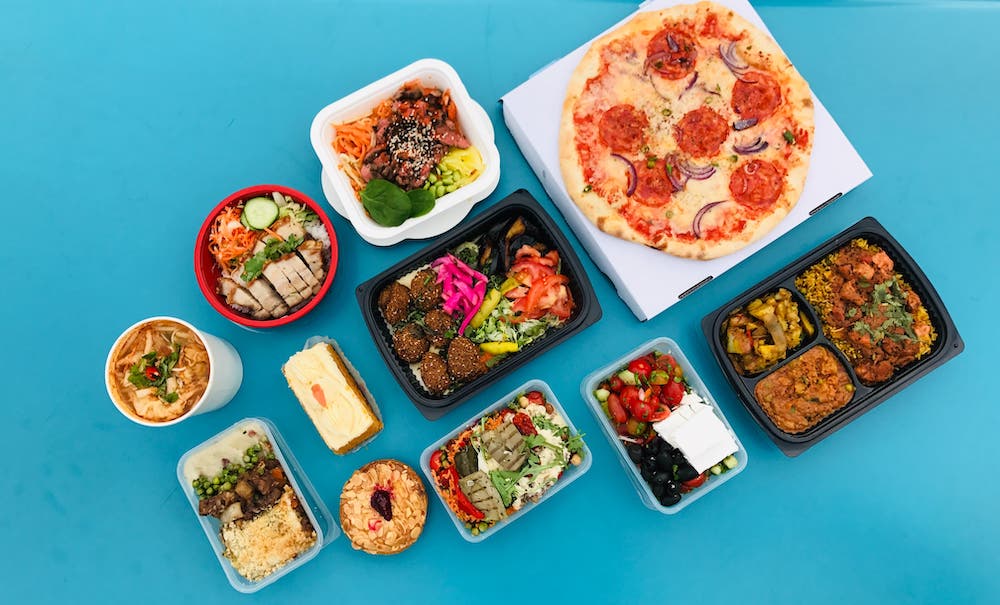
The modern ready-to-eat meal is a far cry from the simple hunger-satisfying fare of our ancestors. The first ready-to-eat meals were probably little more than dried meat or cooked grains that could be carried on long journeys and eaten without preparation. As trade routes opened up and transportation became more reliable, ready-to-eat meals began to take on a more luxurious character.
Canned meats, for example, became popular in the 19th century as a way to enjoy fresh seafood even when miles from the coast. Today, ready-to-eat meals are big business, with entire supermarkets devoted to selling everything from gourmet pizza to microwaveable dinners. While your ancestors would probably be mystified by the variety and complexity of today’s ready-to-eat meals, they would no doubt be pleased to know that you have found a way to ease the burden of preparing daily meals. Thanks to the ready-to-eat meals, you can now enjoy a delicious and nutritious meal with minimal effort.
The future of food production is a hot topic of debate. Some believe that people will need to increase food production in order to feed the growing world population, while others feel that everyone will need to decrease food production in order to protect the environment. There are a number of factors that will influence the future of food production, including advances in technology, changes in diet, and the impact of climate change. One thing is certain: the way food is being produced will have to change in order to meet the challenges of the future.
Moreover, you also have to think of the upcoming food trends and you can accordingly try to change your palette in order to get accustomed. For example, plant-based diets, relying on local and sustainable produce, healthier snack options, and ethnic cuisine may become popular in the years to come.
In short, the history of food products is a fascinating one, and by understanding the origins of your favorite snacks, you can appreciate them even more and prepare for the future. From ancient times to the present day, humans have been inventive in their quest for tasty treats. Who knows what new and delicious foods will be invented later! You can only hope for the best and prepare for the delicious meals that come your way.
https://irishdirectory.ie/biz/dunkeel-noel-martin-carrickmacross/
https://www.yelp.com/biz/noel-martin-carrickmacross
https://www.tuugo.info/Companies/dunkeel-noel-martin-carrickmacross/0340002641222#!
https://www.successcenter.com/monaghan/carrickmacross/services/dunkeel-noel-martin-carrickmacross
https://carrickashedoge.infoisinfo-ie.com/card/dunkeel-noel-martin-carrickmacross/211309
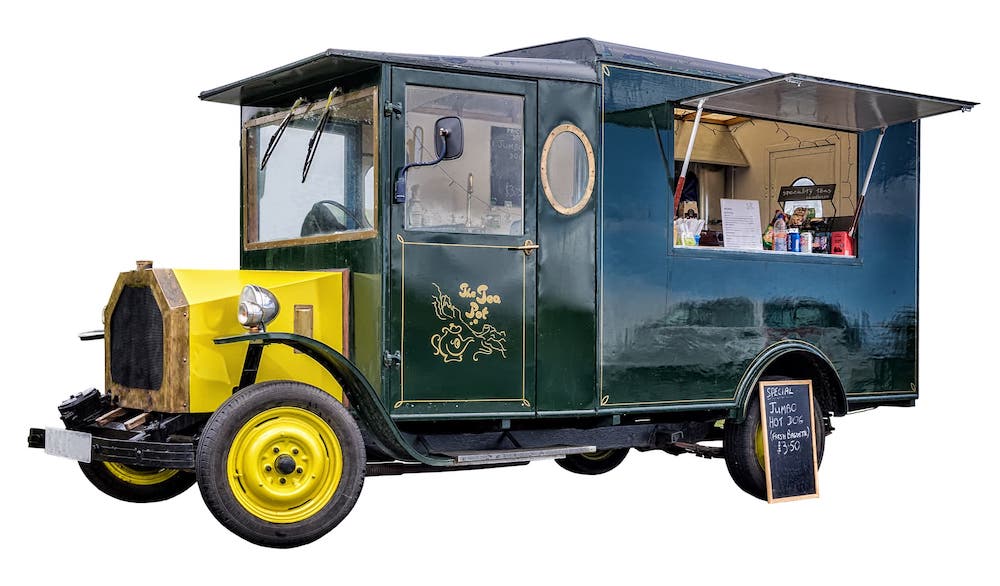
It’s incredible to see so many food trucks selling a range of delicious dishes across the country. You may have already tried a bunch of different snacks and meals from these trucks. But do you know how these food trucks started in the first place? What’s the history behind these food trucks? With more than 50,000 foods trucks around the world, it’s important to know how this culture became so popular.
You would be surprised to know that the history of food trucks dates back to the Roman era. Yes, that’s right! The food trucks that you see now are modern adaptations of the concept that existed during that time. They were more like mobile kitchens to feed the soldiers.
When it comes to the history of modern food trucks, you need to take a look at chuck wagons. Chuck wagons were essentially covered wagons that would sell perishable food to loggers and cowboys. You would usually find foods like coffee, biscuits, cured meat, and beans in these wagons. They would also contain logs to build fires and provide a space to sleep to the wagon owner. In addition to providing food, some of the chuck wagons also worked as dentist’s surgeries and mobile barbershops. However, this was before the 18th century.
Fast-forward to the late 1800s, many food sellers started providing food to college and university students. They would come with snacks, such as sausages and hotdogs, and sell them at pocket-friendly prices. These food joints became instantly popular as students would get out of their college to eat something and spend some time with their friends out of their college premises.
If you consider the modern version of the food trucks that you see these days, you would have to go back to 1936. That was the year when the Wienermobile came into the business. It primarily sold hotdogs, literally the staple food for anyone who wanted to grab something to eat on the go.
The advent of the Wienermobile was a revelation as it became immensely popular due to the cheap prices of foods. Hotdogs sold for hardly a few dimes and people could rely on them whenever they wanted to eat something. The Wienermobiles started seeing an increase in their business as they ramped up the number of food trucks. You could see them outside schools, parades, hospitals, and orphanages.
People at that time said, “We don’t have to worry about going hungry for hours anymore. You would find a Wienermobile literally around every block and you can grab a hotdog and some ice cream for a wholesome meal.”
The Wienermobiles became the go-to joints for labourers and college-goers. They would often stop by the food trucks to grab a bite. Some food trucks even went on to sell fries and desserts apart from hotdogs. That allowed people to choose from a range of foods that they could afford.

Although the Wienermobile became a huge success commercially, it didn’t go on to sustain its popularity. It soared high too quickly and even came down without spending much time at the top. Soon, ice cream trucks that resembled the Wienermobile became popular. While many food trucks also existed, the rise of ice cream trucks was quite noticeable.
In fact, during the 1970s, tacos and ice cream became the favourites of people. They would drop by one of the food trucks nearby to have a couple of tacos and some fries. The combination was quite tasty and it sold like hot cake.
Mexicans played a crucial role in popularising food trucks. They would come up with a range of tacos and would even set up different combo meals that wouldn’t cost much but offered wholesome food to the passer-by’s.
Raul Martinez, in 1974, refurbished an ice cream truck and turned it into King Taco. That was how the Mexicans got the belief that even they could try something similar and earn a living. Raul would set his food truck right outside the East LA Bar and sell tacos. On his first night, he managed to sell $70 worth of tacos. Soon, his business doubled up. He was making $150 every evening. The rest, as they say, is history. King Taco still remains a notable name in the history of food trucks to inspire thousands to start this type of business.
According to vstreetfood.com/food-trucks/ireland/, Grease trucks were similar to food trucks in Ireland that became popular after 1975. You could see the grease trucks around the Rutgers University area that sold fat sandwiches. The sandwiches would contain rolls stuffed inside cheeseburgers, lettuce, tomato, and fries. What seemed like a massive burger started selling like crazy because of the awesome taste.
The grease trucks followed the same concept as food trucks but had limited food options. You could only find these fat sandwiches and maybe some aerated drinks. However, their popularity started dipping after the advent of modern food trucks.
2008 was an important year in food truck history. It was the year when social media started gaining popularity and truck catering technology was introduced. Promoting the respective food trucks didn’t become a challenge, thanks to social media. People could request their friends, relatives, and colleagues to share the name and location of their food trucks to gain more business.
That trend is still ongoing. Even now when you see food trucks around the world, you will notice that most of them have social media pages where they post about their foods almost regularly. They also share feedback from their customers.
When you think of the Roman era, would you believe that the food trucks that catered to the soldiers would become business opportunities to thousands of people? Over time, the food truck industry has evolved and is now thriving all over the world. Most people consider it as an easy way to start a business and make a living instead of working for others in a 9 to 5 job.
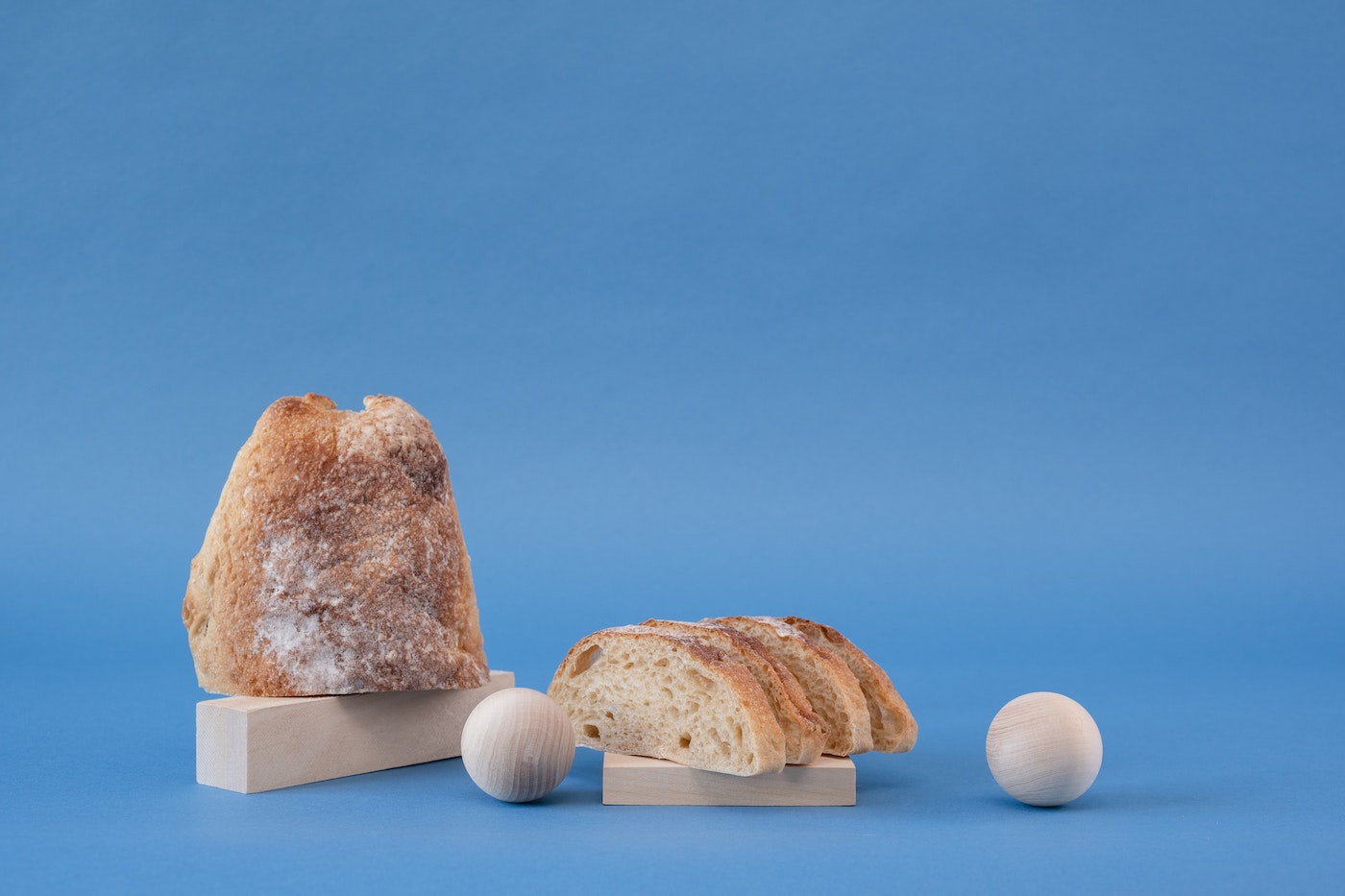
Eating some of the most delicious dishes is one thing, but you can be a connoisseur if you know the history of the food also. Imagine you are on a food tour with your friends and you can explain how one of the dishes came to that country or what made the recipe so famous. Therefore, if you love to try out different dishes and want to know about their backgrounds, here are eight food history facts that will fascinate you.
Your favorite traditional loaf isn’t that old. It’s hard to believe, but Ciabatta came into the picture in 1985 when an Italian baker wanted to come up with a new version of the French baguette. The French baguette was already widely popular and this baker wanted his country to become well-known for various types of bread. Soon, he came up with a recipe that made the bread look different from a baguette, and in fact, also tasted better. The loaves started flying off of shelves because they became such a huge hit in Italy.
America’s first recorded chocolate cake was the Mahogany cake, and it dates back to the 1800s. Initially, people used different versions of ermine frosting. Ermine frosting was the most popular whipped buttercream during that time in America. Later, with the advent of cream cheese, the cake started tasting better. Hence, people were more into using cream cheese instead of ermine frosting.
This was the time when European settlers first reached North America. According to their stories, there were so many lobsters in the sea that they would sometimes pile up on the beach, so much so, that there would be a two-foot pile of lobsters in the Massachusetts Bay Colony. Americans made the most of it by either using the lobsters in their meals or as a nutrient-rich fertilizer. Some even used them as fishing baits.
One of the most unbelievable food history facts is that carrots were actually purple before the 17th century. Dutch growers often experimented with vegetables and came up with mutated versions. One of those versions became red and that’s how the red carrot came into the picture.
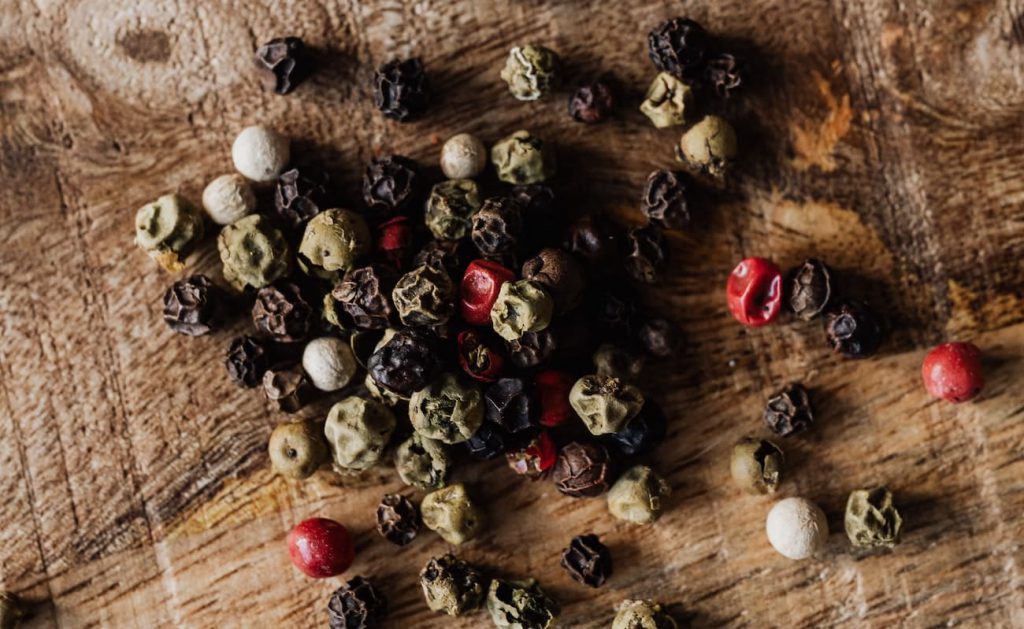
It’s hard to believe that black pepper, back in its day, was more expensive than gold. In fact, Alaric the Goth, demanded a ransom of 3000 pounds of pepper when he conquered Rome in 410 AD. Gold was easily available then, but not black pepper!
Did you know that cocoa beans that are processed to make chocolates were previously used as currency by Aztec communities? One cocoa bean was equal to a tamale, and you could earn 100 beans if you managed to sell a good turkey. The pulp from the pods of these beans was fermented by the Aztec people to make booze back in 1400 BC.
Contrary to popular beliefs, the popular Mac n Cheese dates back to the 14th century. Although it may not have been so gooey and cheesy back then, the recipe was more or less similar. It was a combination of pasta and cheese. The first Mac n Cheese recipe is in an Italian cookbook called Liber de Coquina from the 14th century. Most people refer to the latest recipe from Mrs. Beeton’s Book of Household Management as the authentic one, but it’s not. The 18th-century recipe is a modified version of the one found in Liber de Coquina.

Would you ever believe that people ate popcorn 6700 years ago! According to researchers, Peruvian people were the first to come up with the idea of popcorn. The old popped corn cobs suggest that they date back to more than 6700 years.
A couple of food history facts that you should also know apart from the ones above are that Neil Armstrong and his team had bacon, coffee, sugar cookie cubes, and pineapple grapefruit drink as their first meal on the moon, and McDonald’s had onion nuggets before they started selling chicken nuggets.
